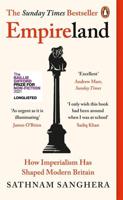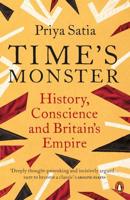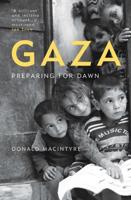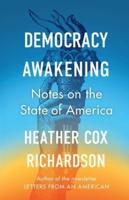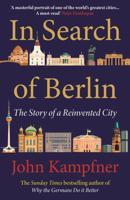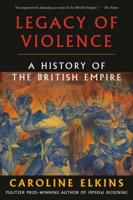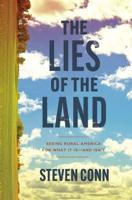Publisher's Synopsis
Four Alchemists. One book. A constellation of ideas.
The third annual Alchemy Lecture took place in the fall of 2024 at York University, to a sold-out in-person audience and hundreds of online viewers tuning in from multiple continents. Gathered by Dr. Christina Sharpe, these Alchemists-four thinkers and practitioners who work across a range of disciplines and geographies-shared their ideas of city life, its structures and architectures, and how radically different these can and should be organized to support community needs. Their urgent, poignant, and inventive lectures have been captured and expanded in these pages.
Princeton assistant professor of architecture V. Mitch McEwen borrows the language of the swamp to suggest a city modeled on buoyancy: "Let's dream a physics-which is to say a calculability or maybe a comprehension towards calculability-that considers floating as something other than displacement." Iranian-American writer and professor Laleh Khalili dreams a city of radical kinship, in which even strangers have the means and desire to share a table; she suggests that "[h]ospitality does not presume pre-existing bonds. It is about creating the bond through the rituals of reciprocal giving." In the Bantu/Kongo tradition, Brazilian architect and professor Gabriela Leandro Pereira points to dreams as the site from which all Black emancipation begins: "Building and ruining, refusing and dissembling, cultivating and creating. What cities emerge from dreams that find their foundation in these gestures?" And Michi Saagiig Nishnaabeg writer and musician Leanne Betasamosake Simpson examines how collectives form at the thresholds between things; "this city of my dreaming is one that relentlessly chooses life, Black life, Palestinian life, Indigenous life, the life of the watered, aired and landed, the life of snow crystals, over and over again, across every scale, temporality and spatiality. Relentlessly."
Conveyed here are clarion calls for new conceptions of the city. The four Alchemists in The City of Our Dreaming imagine the architectures and infrastructures that make possible, inevitable, and irresistible gestures of freedom, modes of sustenance, and the necessity and pleasure of breaking bread, together.


